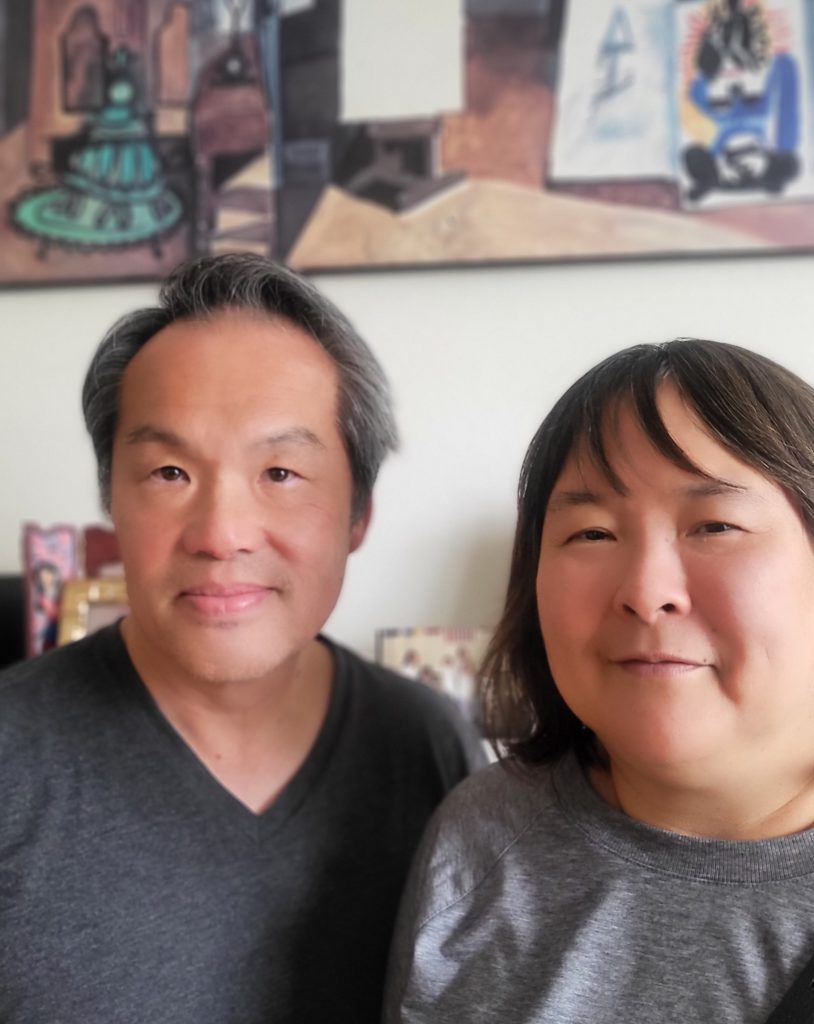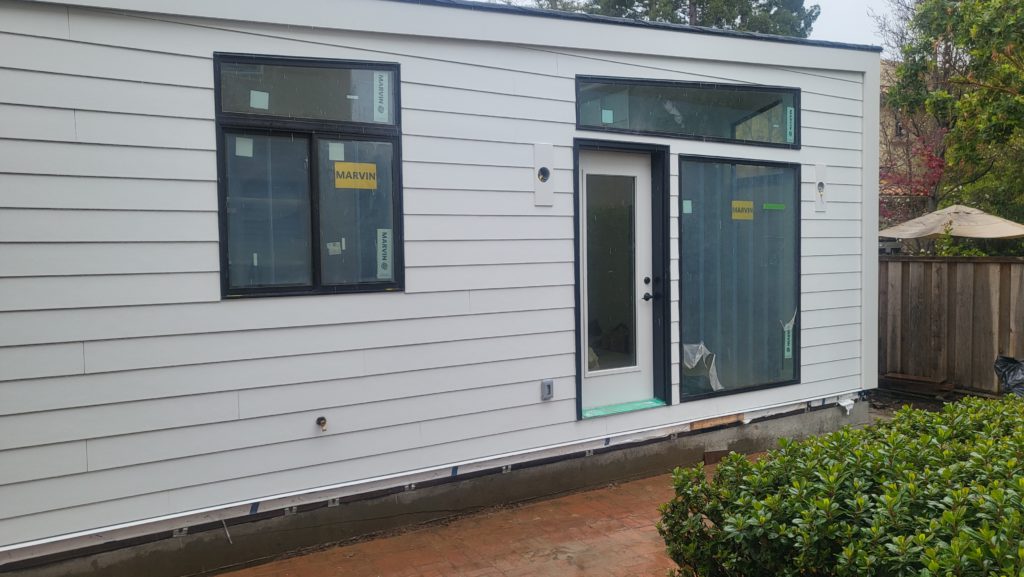
Emily Kong and Edmund Lee have been living in Monte Sereno for more than 22 years.
They raised their daughter here and want to make sure she has the option to remain in the area; they also want to be able to look after Lee’s parents, who are now in their 90s.
“We wanted family flexibility, privacy and a first floor bedroom,” Kong said. “I was at a point when I was trying to figure out what to do with a recent inheritance; with the high price of housing in our area, we wanted to keep our daughter close and to have options. And then that knock at the door.”
A couple years ago, a member of the Monte Sereno City Council arrived at their doorstep with a pitch about adding an accessory dwelling unit (ADU) to their property. He explained 225 ADU permits will be issued at a 50% off the regular fee, which normally ranges from $9,000-10,000. Installing an ADU was a relatively new concept for Kong and Lee.

But they’d recently been learning that a first floor addition would involve a costly and inconvenient process.
And the couple had begun wondering if an ADU might make sense.
After all, it would be a complete independent living space at ground-level.
So, when this Council member informed them about the permit discount, it seemed like the perfect solution.
“It was providence,” Kong said. “This looked like a feasible option for us.”
As it turns out, the City also sees permitting for additional ADUs a perfect solution.
The City hopes pursuing this strategy will allow it to meet the State mandate for increased affordable housing.
Monte Sereno was supposed to have a substantially compliant Housing Element by Jan. 31, last year.
It still has not been able to achieve certification from the Department of Housing and Community Development, more than a year later.
The community has been trying to meet its Regional Housing Needs Allocation responsibilities by urging residents to add ADUs.
The State has pushed back, asking for additional proof that Monte Sereno can fulfill its mandate solely with the carriage houses.
On Feb 21, the City submitted its fourth Draft 6th Cycle Housing Element for review and hopes to hear back later this month.
The ‘Build’
The knock on Kong’s and Lee’s front door kicked-off their ADU journey.
“As this is a relatively new idea, much research was needed.” Kong said. “We wanted a company that was based close to us.”
They decided on Abodu, primarily because of the turnkey approach and the fact there was a showroom just up the peninsula in Redwood City.
Kong and Lee had originally thought to place their ADU in the unused front yard. However with the location of the powerlines and the necessary setbacks, the rear yard was the location decided upon.
Then, it was time to head to the showroom to pick out their preferred ADU model.
“At first we wanted the two-bedroom,” Kong said, and Lee agreed.
Lee understood that “if it was not feasible we would be refunded the feasibility fee.”
Kong added that “after seeing the model in Redwood City, we signed up.”
‘I did a lot of research, as this is a big project’
—Emily Kong, on their ADU journey
The assessment determined they did, indeed, have room for the two-bedroom ADU, though it would cover most of the yard.
So, in July 2023, they selected the 500-square-foot one-bedroom, instead.
“We committed to Abodu with a contract at this point,” Kong said. “We were invited to a party to introduce a newly designed-unit that is close to 1,000 sq ft. This ADU is to be made of two sections, and will be not so narrow, as current units are, the two sections will be assembled onsite.”
This caused the couple to wonder if they’d made the right choice.
So, they discussed it with their daughter.
“It’s bigger than the dorm room that I have been living in for the past four years,” she said, upon considering the smaller model.
“We, along with our daughter, felt the one-bedroom was perfect,” Kong said.
The ADU comes with electric wiring and ready for hook-up to water and sewer connections.
There are also many add-on possibilities: a handicap bathroom, solar power, upgraded fixtures etc.
“Customization would add potentially $30,000,” Lee said. “We also looked at ordering a handicapped bathroom and this would have been at least $5,000.”
They did, however, go for the optional external gutters.
Kong and Lee knew that Abodu would be working with the City on utility permits, and as soon as these were granted, construction would start.
Abodu submitted these plans—at the discounted rate—and pulled all permits.

First the foundation was poured from a concrete truck on the street through a pipe to the rear of the house.
The couple noted Abodu even notified the neighbors of the dates of any construction activity that might inconvenience them.
The unit was carefully placed on its foundation, though it would take several more weeks, they were told, to complete finishing work.
Their ADU is scheduled to be livable by April 26.
“That is the goal that Abodu helped us to reach,” Lee said, noting they’re “overall very satisfied. We expected to be more involved with interfacing with the City.”
Says Lee, “I was hesitant, surprised and relieved with the process of the ADU and the quality.” Kong is also very pleased: “I did a lot of research as this is a big project, we had not done anything like this before. If other people are interested, do not have your heart set on size and location. In the end, we settled on the one-bedroom to maintain more of our yard. We fluctuated between the one- and the two-bedroom.”
The couple says Abodu was quite flexible with their decision-making process.
Unfortunately, a bit of their front yard, which was their entry point for the crane to get onto the site, was disrupted from the machine’s counter-balance.
This damaged part of the front lawn and some plants.
But they’d been prepared for this possibility, so it wasn’t such a big deal.
In fact, they even had their gardener turn off the sprinkler system ahead of the big day.
Tom Berchem of Abodu says they recommend placing ADUs at least 10 feet from the primary residence.
“California has statewide ADU regulations and local municipalities have to also follow those guidelines,” he told the Los Gatan. “In other words, there’s not much cities can do to prevent homeowners from adding an ADU to their property.”









